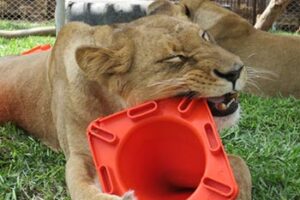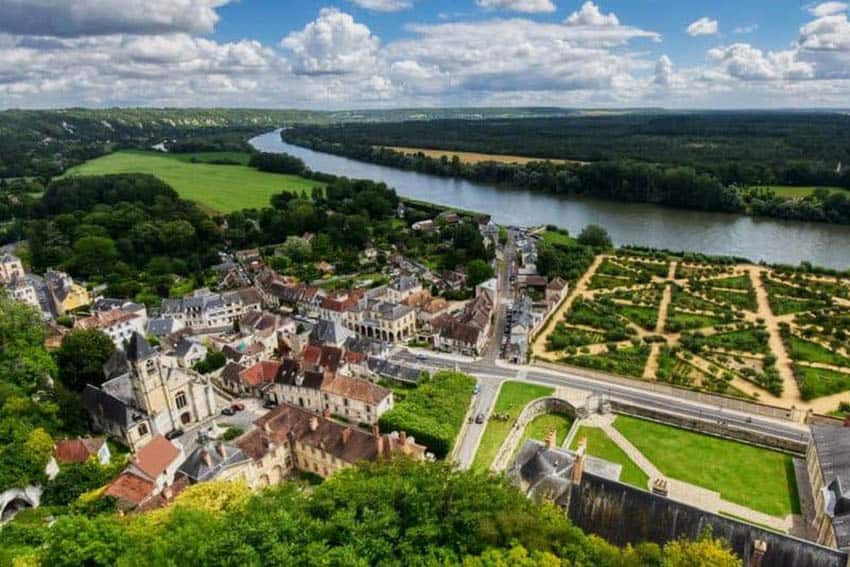
Indulging in Cuy to Causa from Cusco to Machu Picchu in the Sacred Valley
By Heidi N. Siefkas
Fueled by coca tea and an explorer’s curiosity, I discovered the beauty of Peru’s Sacred Valley and its cuisine. From the red-tiled roofs and ruins of Cusco to the Urubamba River to the view of Machu Picchu from the Sun Gate, I climbed countless stairs, gasped for breath at unforgettable vistas, and guiltlessly savored the rich food and drink.
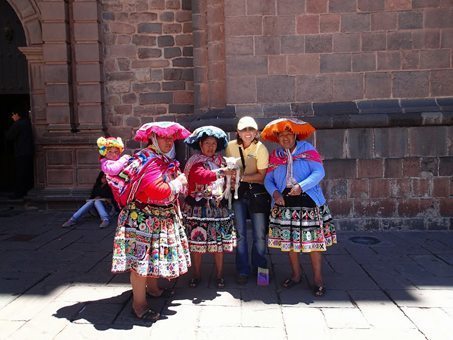
If you are an adventurous, active nomad, you too can explore the Sacred Valley, but don’t miss these highlights, nor skip a meal. Each and every bite leads you to further understanding of the Incas, the land, and the fusion with all of the cultures making Peru what it is today.
In as little as five days, start in Cusco, the capital of the Inca Empire, and its elevation of 11,000 ft. Whether young, old, athletic, or not, the elevation’s effect will make you tired, perhaps with a slight headache, and shortness of breath.
The common cure is to drink coca tea, but some need a combo of coca tea and elevation medication commonly marketed under the name Diamox. Don’t be scared. Take things nice and easy the first day for your body to adjust.
With that advice, the first day in Cusco can be done on foot starting with the Inca ruins of Coricancha, which was an important Sun Temple of the Incas. The sheer size of the ruins highlights the role of Inti, the Sun God, as well as the opulence of the Inca Empire.
In fact, at the time of the Spanish arrival, the temple’s walls were covered in gold. However, in typical conquistador style, the Spanish took over, emptied the gold, and built atop a religious building of their own, the Santo Domingo church.
Plaza de Armas
From Coricancha, continue up the Main St, Sol to the Plaza de Armas with its fountain, cathedral, and the surrounding square filled with beautiful balconies and restaurants. A great place for lunch is Tunupa, which specializes in local cuisine and favorites such as alpaca, very lean meat, potato dishes called causas, rich corn and potato soups, and the protein salad of the Incas, quinoa.
You can choose from its buffet or eat lighter off the menu. The most intimate tables with a view of the Plaza are in the balcony, but they also have family-style tables inside which are great for enjoying the Inca musicians and entertainment.
Recommended beverages to wash down your first meal in Cusco would be its local beer, Cusqueña, or a pisco sour, which is the Peruvian national cocktail, made from pisco, lime juice, sugar, egg white, ice, and a splash of bitters.
For those with energy for another activity on day one, take a taxi to Sacsayhuaman (pronounced similar to Sexy Woman), another Incan architectural feat. There you will be boggled by the size of the stones.
It puzzles most as to how the Incas constructed this military fort and temple without the use of machines. To continue in its Incan culture and honoring Inti, every June Sacsayhuaman hosts a Winter Solstice Festival where all of Cusco and the Inca leaders ask the Sun God for a good year.
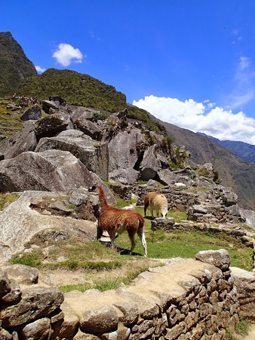
Whether for its architecture, historical value, or other, the views from Sacsayhuaman of Cusco are tremendous. It is certainly worth the trip up from town. You will witness the grandness of Cusco, unlike the seemingly small-town feel from exploration on the narrow streets around the Plaza de Armas.
As a note, you may want to buy the Boleto Turistico (Tourist Ticket for entrance to Sacsayhuaman as well as Pisac, Ollantaytambo, and more) for a discounted price along your discovery of the Sacred Valley.
My suggestion would be to leave early in the morning from Ollanta via train, but you have many departures depending on your travel style and itinerary. In a little over an hour, you will arrive at Aguas Calientes or commonly called Machu Picchu Pueblo.
Along the route, you will see the Class 3 and 4 rapids of the Urubamba River, the Andes, and even glaciers; however, at the same time you will be gradually decreasing in elevation from your once 11,000-12,000 feet in Cusco at Sacsayhuaman to nearly 8,000 ft in Machu Picchu. Now on your third day, you should feel that breathing is a little easier and ready to get your first glimpse of the magic of Machu Picchu.
Your best bet in seeing Machu Picchu without the crowds is for sunrise from 6:00-7:30 am or late afternoon before they start shutting its doors at 4:30 pm. Whether you decide to avoid the crowds or not, you will need to have your purchased Machu Picchu entrance before you are allowed to buy your roundtrip ticket up to the gates of Machu Picchu.
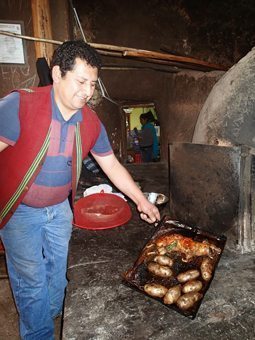
Currently, they allow 5,000 visitors a day of which the majority take the 15-minute bus ride up a winding, narrow gravel road from town to the gates. For those that are ready to hit the trails and stairs for some exercise, there is also a footpath highlighted by yellow arrows to arrive at the gate. This typically takes a little over an hour. Regardless of how you get there, make a bathroom stop before entering Machu Picchu as there are no bathrooms inside.
Getting the Stamp
At the entrance gate, the guards will check your ticket and passport. Once passing the entrance, most choose to get a souvenir by stamping their passport with the iconic Machu Picchu stamp, but it isn’t mandatory.
Following the stone path, you will witness the outer walls of the city’s terracing and choices of paths to the Sun Gate, the casita, Huayna Picchu, or the Urban Center. As a first-timer, just follow the path, stairs, and narrow labyrinth to the Urban Center. Around the last corner, you will be surprised with the gift of a mystical view of the Lost City.
Once you have taken in the grandeur of Machu Picchu from this vantage point, continue to the Sun Temple and the Sacred Stone. If you would like to continue exploring, circle back for either a hike up to the Sun Gate or to check out the views from the casita.
This can be done also on a second day up to Machu Picchu where you may want to take in a once in a lifetime viewing of the sunrise followed by a steep hike up Huayna Picchu (limited to 400 people a day with tickets purchased in advance online).
For those that have arrived at Machu Picchu, but would prefer to be pampered or enjoy a wonderful, hearty meal to refuel, the Sanctuary Hotel offers spa treatments for achy hiker feet as well as a lunch buffet featuring Peruvian Criolla food.

Additionally, in Machu Picchu Pueblo, there are many places for recovery, relaxation, and of course, indulging in Peruvian cuisine. Of particular mention is Inkaterra Hotel with spa and massage services as well as natural whirlpools, Inka Wasi for Criolla food and pizzas, and the Indio Feliz for French-Peruvian food ranging from trout, soups, and crème caramel.
Aguas Calientes
Two days is plenty for a visit to Machu Picchu as well as Aguas Calientes. The trains leave at various times throughout the day. Recommended is the 6:00 pm evening train to return to Ollantaytambo, which offers light snacks as well as a fashion show of local Alpaca sweaters, scarves, and more.
For those that continue to Cusco for a final meal or even another day before continuing on to other destinations or home, remember that you are once again acclimating to 11,000 ft. You should continue to imbibe the coca tea, take your altitude sickness medication, and hydrate a lot, which sadly includes limiting your pisco sours.
Regardless, a suggested final meal in Cusco is Incanto, a Peruvian-Italian fusion restaurant on the Plaza de Armas. The food is the perfect mixture of Peruvian ingredients such as quinoa, alpaca, potatoes, and lamb with a little touch of Italy through risottos, wood-fired pizzas, and more.
Additionally, the bar has a lovely menu of mixologist specials using more local ingredients and pisco. A favorite cocktail of the staff (and this travel writer) is the Incanto punch with champagne, pisco, and OJ.
To discover the beauty of Peru’s Sacred Valley, prepare yourself for both unforgettable views and countless stairs that take your breath away with delectable, savory dishes that will surprise your palate. Be sure to bring your appetite for adventure and the post-adventure cuisine won’t disappoint.

Heidi N. Siefkas is a freelance writer with a passion for adventure and cultural travel. She is the owner of Hide N Seek Media and has been a travel blogger since 2008. visit her blog at www.mstravelingpants.travel. She lives in South Florida.
View Heidi’s photo gallery of Peru’s Sacred Valley
- Saudi Arabia Might Be Your Next Getaway Spot - April 23, 2024
- Mongolia, the Land of Eternal Blue Sky - April 20, 2024
- These 9 U.S. National Parks Require Reservations in 2024 - April 17, 2024




